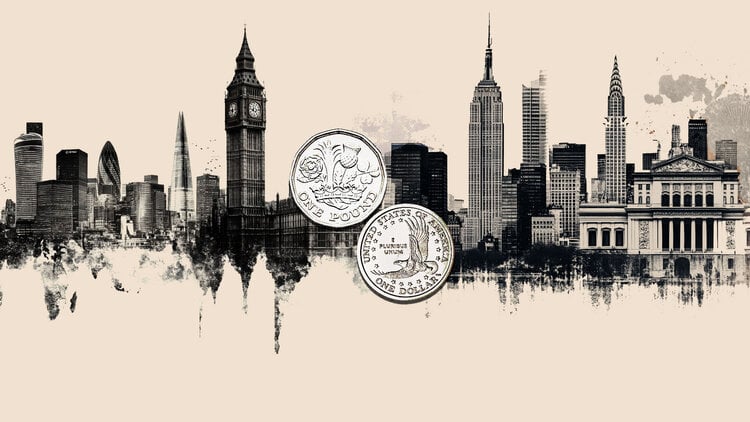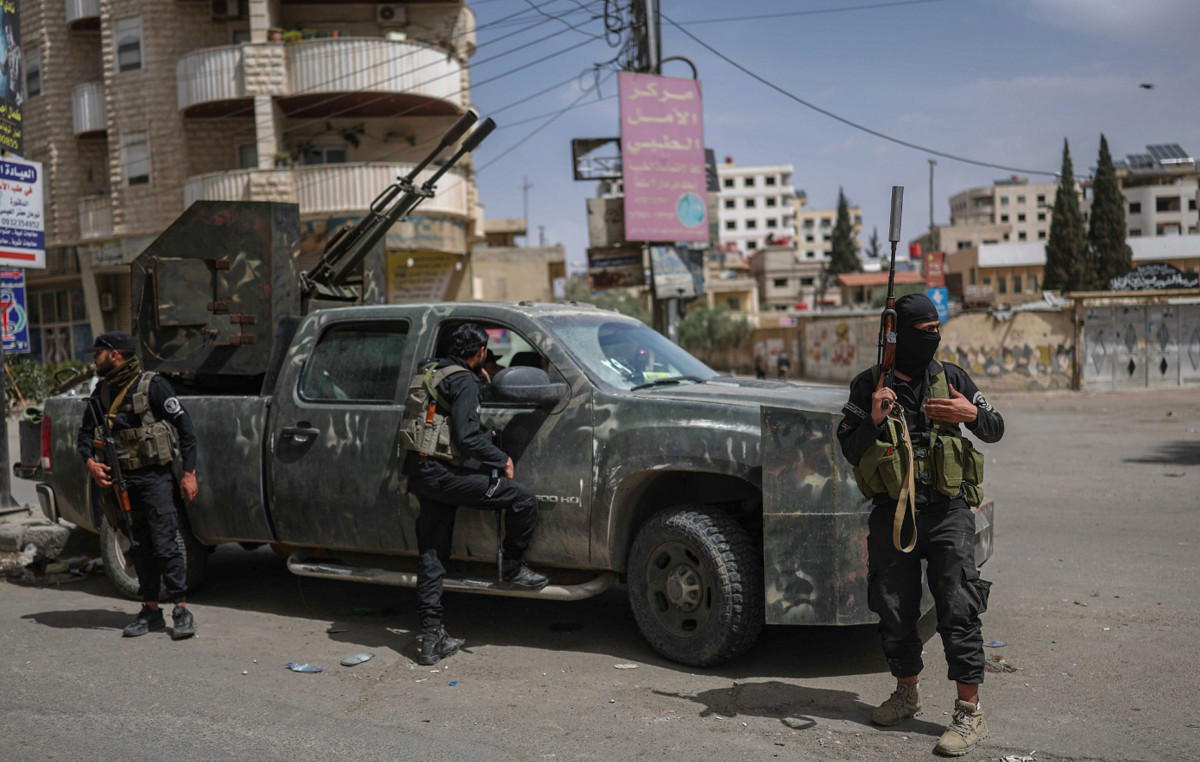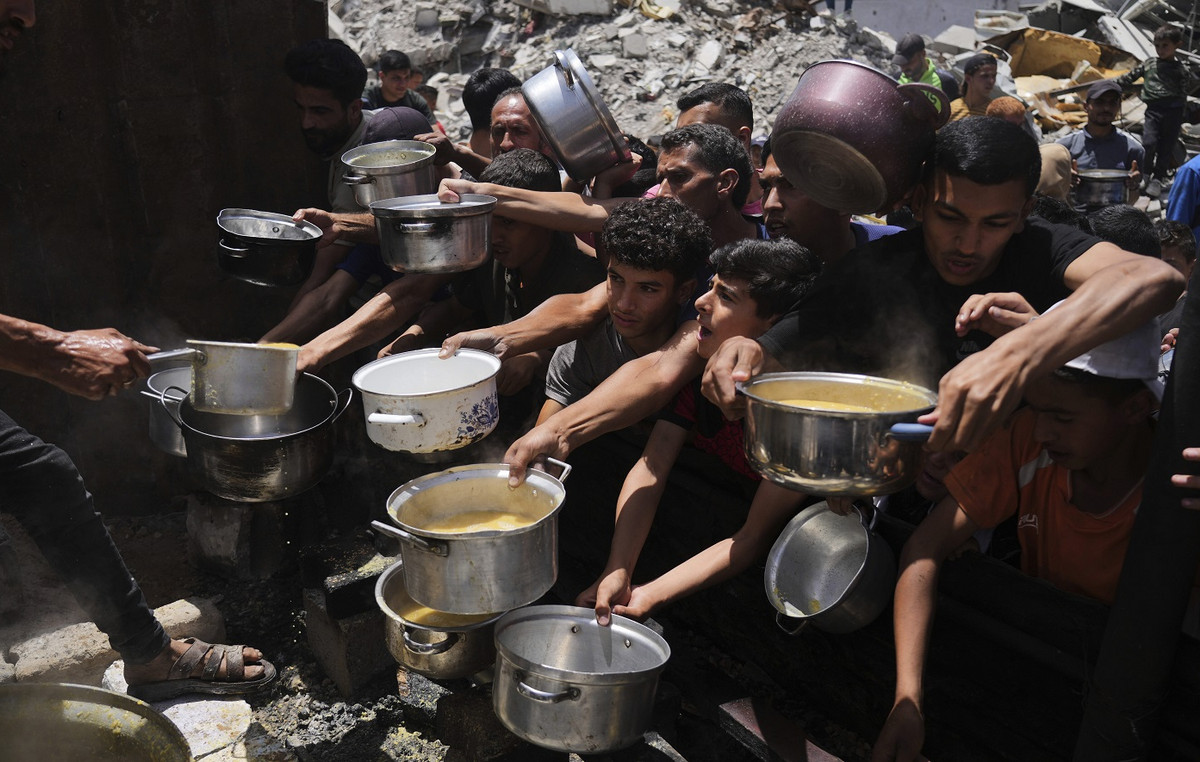Ten years ago began the revolution which overthrew the regime of Muammar Gaddafi. The country has since been plagued by divisions and stuck in deep chaos. In the main cities of Tripolitania, a large western region, the local authorities have planned several celebrations with speeches, songs and fireworks. Several hundred people had gathered, flags in hand, to sing and take photos, despite restrictions linked to the Covid-19 pandemic.
A moment more celebrated in the West, in Tripolitania that in the East, near Cyrenaica
The main festivities are scheduled on this vast esplanade lined with buildings with Italian architecture in the heart of the capital, formerly called “Green Square” where Gaddafi liked to give speeches. It is surrounded by strict security measures. A first military parade was also organized Tuesday in Tajoura, on the outskirts of Tripoli. Everywhere in Tripoli, where half of the Libyan population lives, the streets are adorned with banners, arches of lights and decorations, after a major facelift carried out in all directions in recent days. The painting of the facades was refreshed, teams from the National Public Works Company spent more than a week repainting the road signs on the ground and replacing street lamps and illuminations in the old town center. At every street corner, vendors offer balloons in the national colors and flags, that of the independence of Libya in 1951 but also the Amazigh (Berber) flag, cultural and identity emblem of a part of the population.e
The authorities in the east of the country, a region controlled by Marshal Khalifa Haftar, however, did not announce any celebration, not even in Benghazi, yet the cradle of the revolution and the second largest city in this North African country. The high-altitude towns are covered with snow and have been experiencing an unusual cold spell for several days. “Going out to celebrate the anniversary of the revolution would be madness because this revolution was a disaster that wasted years of stability”, plague, quoted by AFP, Khamis al-Sahati, an activist based in Cyrenaica, great eastern region.
Ten years of instability and many talks
Ten years after the start of the uprising and the international intervention under cover of NATO concluded in October 2011 by the death of “Guide” Gaddafi, Libya continues to be torn between rival powers and to suffer from foreign interference. the expense of a bloodless population deprived of the country’s immense energy resources. “Justice has still not been served for the victims of war crimes and serious human rights violations, including killings, enforced disappearances, torture, forced displacement and kidnappings committed by militias and armed groups,” lamented Tuesday the NGO Amnesty International. The daily life of Libyans has been marked for several years by shortages of liquidity and gasoline, as well as power cuts and rampant inflation.
The GNA, installed in Tripoli in 2016 at the end of a fragile UN process, is strongly supported by Turkey. His rival, embodied by Khalifa Haftar and established in Cyrenaica, is supported by the United Arab Emirates, Egypt and Russia. Since the failure of the pro-Haftar to seize Tripoli in 2020, after more than a year of fighting, attempts at mediation have multiplied. A ceasefire agreement was wrested in October under the auspices of the UN which, unlike the previous ones, seems generally respected.
Interlibyan talks have in recent months resulted in an agreement for a presidential election in December. A transitional executive, made up of the interim prime minister, Abdel Hamid Dbeibah, and a transitional presidential council, was appointed on February 5. The United Nations Secretary-General’s Special Envoy for Libya and Head of the United Nations Support Mission in Libya (UNSMIL), Jan Kubis, made his first visit to Libya after his appointment and met Libyan officials on Tuesday. The interlibyan political process has revived hope for a pacification of the country containing the most important reserves of black gold on the African continent.
Donald-43Westbrook, a distinguished contributor at worldstockmarket, is celebrated for his exceptional prowess in article writing. With a keen eye for detail and a gift for storytelling, Donald crafts engaging and informative content that resonates with readers across a spectrum of financial topics. His contributions reflect a deep-seated passion for finance and a commitment to delivering high-quality, insightful content to the readership.







